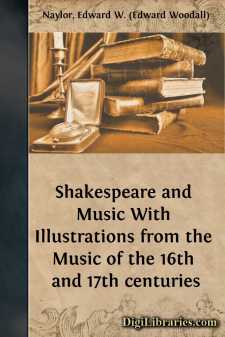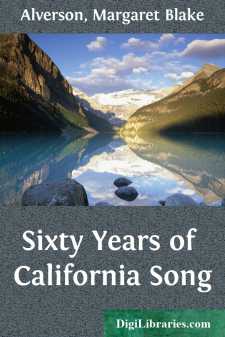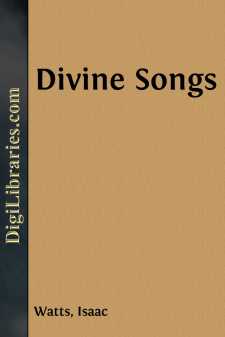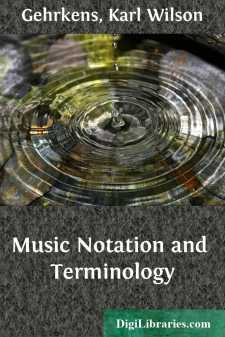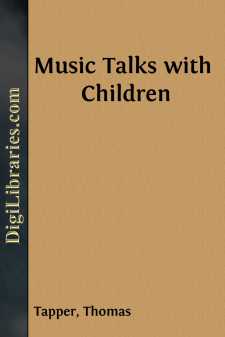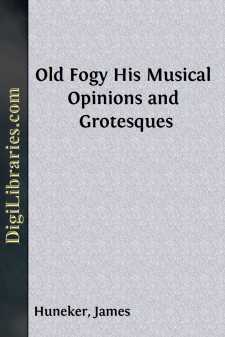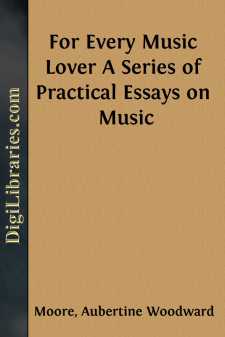Categories
- Antiques & Collectibles 13
- Architecture 36
- Art 48
- Bibles 22
- Biography & Autobiography 813
- Body, Mind & Spirit 141
- Business & Economics 28
- Children's Books 12
- Children's Fiction 9
- Computers 4
- Cooking 94
- Crafts & Hobbies 4
- Drama 346
- Education 46
- Family & Relationships 57
- Fiction 11826
- Games 19
- Gardening 17
- Health & Fitness 34
- History 1377
- House & Home 1
- Humor 147
- Juvenile Fiction 1873
- Juvenile Nonfiction 202
- Language Arts & Disciplines 88
- Law 16
- Literary Collections 686
- Literary Criticism 179
- Mathematics 13
- Medical 41
- Music 40
- Nature 179
- Non-Classifiable 1768
- Performing Arts 7
- Periodicals 1453
- Philosophy 64
- Photography 2
- Poetry 896
- Political Science 203
- Psychology 42
- Reference 154
- Religion 513
- Science 126
- Self-Help 83
- Social Science 81
- Sports & Recreation 34
- Study Aids 3
- Technology & Engineering 59
- Transportation 23
- Travel 463
- True Crime 29
Shakespeare and Music With Illustrations from the Music of the 16th and 17th centuries
Categories:
Description:
Excerpt
DESCRIPTION OF FRONTISPIECE
[I am indebted for the arrangement of this picture to the kindness of the authorities at South Kensington Museum, where all these instruments may be found, except the Pipe and Cornet, which belong to my friend, Mr W.F.H. Blandford.]
In the middle, on table.
Queen Elizabeth's 'Virginal.' Date, latter half of 16th century. Outside of case (not visible in picture) covered with red velvet. Inside finely decorated. Has three locks. Is more properly a Spinet, the case not being square, but of the usual Spinet shape—viz., one long side (front view), and four shorter ones forming a rough semi-circle at back.
Top row, counting from the right.
1. Tabor-pipe. Modern, but similar to the Elizabethan instrument. French name, 'galoubet.' Merely a whistle, cylindrical bore, and 3 holes, two in front, one (for thumb) behind. The scale is produced on the basis of the 1st harmonic—thus 3 holes are sufficient. It was played with left hand only, the tabor being hung to the left wrist, and beaten with a stick in the right hand. Length over all of pipe in picture, 1 ft. 2-1/2 in.; speaking length, 1 ft. 1-1/8 in.; lowest note in use, B flat above treble staff. Mersennus (1648), however, says the tabor-pipe was in G, which makes it larger than the one in the picture. A contemporary woodcut (in Calmour's 'Fact and Fiction about Shakespeare') of William Kemp, one of Shakespeare's fellow-actors, dancing the Morris, to tabor and pipe, makes the pipe as long as from mouth to waist—viz., about 18 inches, which agrees with Mersennus. A similar woodcut in 'Orchésographie' makes the pipe even longer. Both represent pipe as conical, like oboe. The length of the tabor, in these two woodcuts, seems to be about 1 ft. 9 in., and the breadth, across the head, 9 or 10 in. No snare in the English woodcut, but the French one has a snare.
2. Cornet (treble), date 16th or 17th century. Tube slightly curved, external shape octagonal, bore conical. Cupped mouthpiece of horn, 6 holes, and one behind for thumb. Lowest note, A under treble staff.
3. Recorder. Large beak-flute of dark wood. Three joints, not including beak. The beak has a hole at the back, covered with a thin skin, which vibrates and gives a slight reediness to the tone. The usual 6 finger holes in front, a thumb hole behind, and a right-or-left little-finger hole in lowest joint.
4. Small French Treble Viol, 17th century. Back view, same shape as of all other viols of whatever size. 6 strings, 4 frets.
5. Treble Viol, as used in England and Italy; label inside—Andreas (?) Amati, Cremona, 1637. Side view, shews carved head and flat back. 6 strings, 4 frets, ivory nut.
6. Tenor Viol. English, late 17th century. Front view, shewing sloping shoulders. 6 strings, 7 frets, plain head.
7. Viol da Gamba Bow. Ancient shape. No screw. This shape in use later than 1756.
8. Violoncello Bow. Modern shape, with screw.
Bottom row, counting from left.
1. Bass Viol, or Viol da Gamba, or Division Viol. Italian, 1600. Carved head, inlaid fingerboard, carved and inlaid tailpiece. 6 strings, 7 frets.
2. Lute. Italian, 1580. Three plain holes in belly, obliquely. Ornamental back. Flat head. Pegs turned with key from behind. 12 strings—viz., 1 single (treble), 4 doubles, 1 single, and 2 singles off the fingerboard (basses). 10 frets.
3. Arch Lute. Italian, 17th century. 18 strings, 8 on lower neck, 10 on higher, off the fingerboard. The latter are 'basses,' and probably half of them duplicates. 7 frets on neck, 5 more on belly.
A principal character of the works of a very great author is, that in them each man can find that for which he seeks, and in a form which includes his own view.
With Shakespeare, as one of the greatest of the great, this is pre-eminently the case. One reader looks for simply dramatic interest, another for natural philosophy, and a third for morals, and each is more than satisfied with the treatment of his own special subject.
It is scarcely a matter of surprise, therefore, that the musical student should look in Shakespeare for music, and find it treated of from several points of view, completely and accurately.
This is the more satisfactory, as no subject in literature has been treated with greater scorn for accuracy, or general lack of real interest, than this of music....


